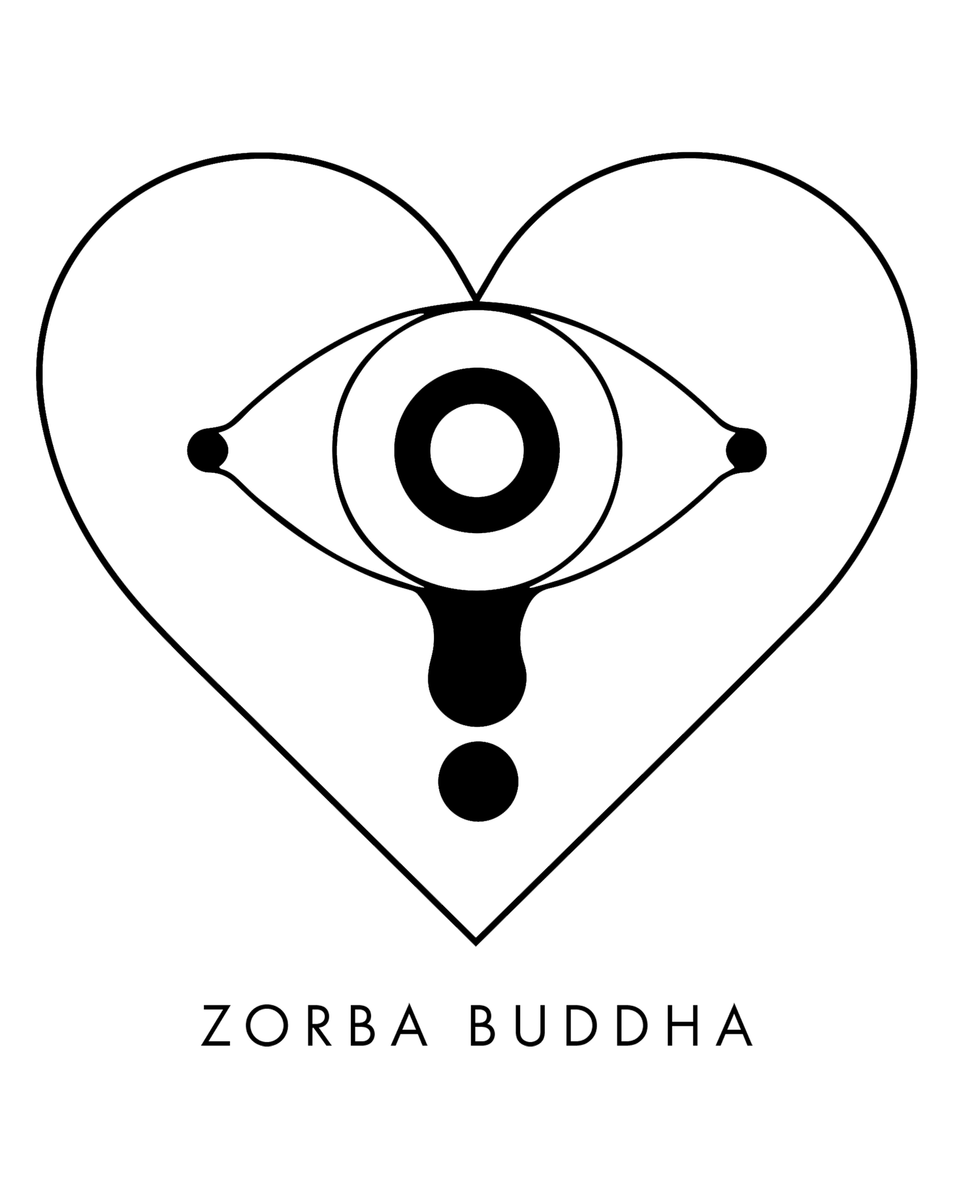Archetypal triangle
Stephen Karpman, M.D., developed his “drama triangle” – victim, rescuer, persecutor – almost 40 years ago, and I find it’s just as relevant – and just as new to many people – as it was 40 years ago.
Even if you don’t spend much time yourself playing any of these three roles – you probably deal on a daily basis with people who do.
Victims
The stance of the victim is “poor me!” Victims see themselves as victimized, oppressed, powerless, helpless, hopeless, dejected, and ashamed, and come across as “super-sensitive,” wanting kid glove treatment from others. They can deny any responsibility for their negative circumstances and deny possession of the power to change those circumstances.
A person in the victim role will look for a rescuer, a savior, to save them (and if someone refuses or fails to do that, can quickly perceive them now as a persecutor.)
In terms of derailing resilience, victims have real difficulties making decisions, solving problems, finding much pleasure in life, or understanding their self-perpetuating behaviors.
Rescuers
The stance of the rescuer is “Let me help you!” Rescuers work hard to help and caretake other people, and even need to help other people to feel good about themselves, while neglecting their own needs or not taking responsibility for meeting their own needs.
Rescuers are classically co-dependent and enablers. They need victims to help and often can’t allow the victim to succeed or get better. They can use guilt o keep their victims dependent and feel guilty themselves if they are not rescuing somebody.
In terms of derailing resilience, rescuers are frequently harried, overworked, tired, caught in a martyr style while resentment festers underneath.
Persecutors
The stance of the persecutor is “It’s all your fault!” Persecutors criticize and blame the victim, set strict limits, can be controlling, rigid, authoritative, angry and unpleasant. They keep the victim feeling oppressed through threats and bullying.
In terms of resilience, persecutors can’t bend, can’t be flexible, can’t be vulnerable, can’t be human; they fear the risk of being a victim themselves. Persecutors yell and criticize but they don’t actually solve any problems or help anyone else solve the problem.
These are the most extreme versions of these three roles, but we can encounter people playing milder versions of these roles on a pretty regular basis.
Because Dr. Karpman was a student of transactional analysis at the time he identified these three roles on the drama triangle, there is a resemblance to the critical parent (persecutor) marshmallow parent (rescuers) and the wounded inner child (victim) Eric Berne described in Games People Play.
What gives the drama triangle much of its power and significance is the recognition that people will switch roles and cycle through all three roles without ever getting out of the triangle. Victims depend on a savior; rescuers yearn for a basket case; persecutors need a scapegoat.
The trap is, people are acting out these roles to meet personal (often unconscious) needs rather than being able to see the picture as a whole and take responsibility for their part in keeping the triangle going.
REMEMBER THIS:
In zen, you are coming from nowhere and you are going nowhere.
You are just now, here, neither coming neither going.
Everything passes by you;
your consciousness reflects it but it does not get identified.
That no-mind is eternal, that not going is eternal.
Stop identifying with a role, be eternal.

